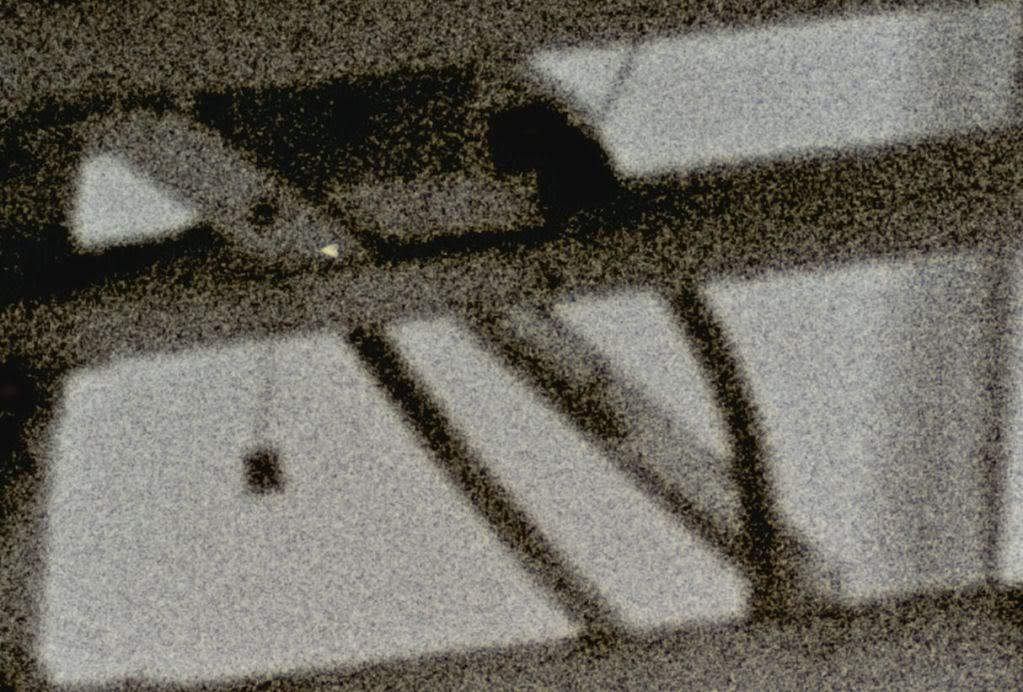I've been tinkering. I'll post in the lenses thread when I have some real numbers, but FWIW and IMHO, here are some qualitative experiences.
1) Dan Fromm knows what he's talking about when it comes to photomacrography. I'm surprised he hadn't yet told us all to stop messing about and read the Lefkowitz book.
2) There are no free lunches. And you can't make a silk purse out of a sow's ear. If you want real quality, suck it up and buy a real macro lens.
3) Many of the manual focus 70s-80s era primes I have at my disposal have their entrance pupils quite deeply recessed behind the front of the lens barrel. Quite often a simple stacking arrangement is already close to telecentric on the object side.
4) In particular, two stacked Pentax 50 mm f1.7 lenses work very well at 1:1. (but my DSLR is only 6 mpix, so I'm aiming for 2:1 :-).
5) Stacked MF lenses give a lovely even illumination. Distortion can be surprisingly high though, even with Zeiss/Hasselblad primes. [a side discovery: my orphaned Kowa lenses might make good candidates for telecentric Kohler illumination, even if they are not worth the hassle as taking lenses].
6) An arrangement which is telecentric on both the object and the image sides is going to have a long tube length.
7) Telecentric arrangements need careful alignment, particularly for angles. Any working setup will need to be locked down and left alone.
That seems like a bunch of negatives, but it's really a narrowing of parameter space to the point where I can ask some real questions. I've been cobbling together ways of mounting lenses, cameras and apertures on my Sinar's rail, so if I'm not hiding eggs round the garden the entire time, I'll see if I can take some test shots over the Easter weekend.




 Reply With Quote
Reply With Quote



Bookmarks